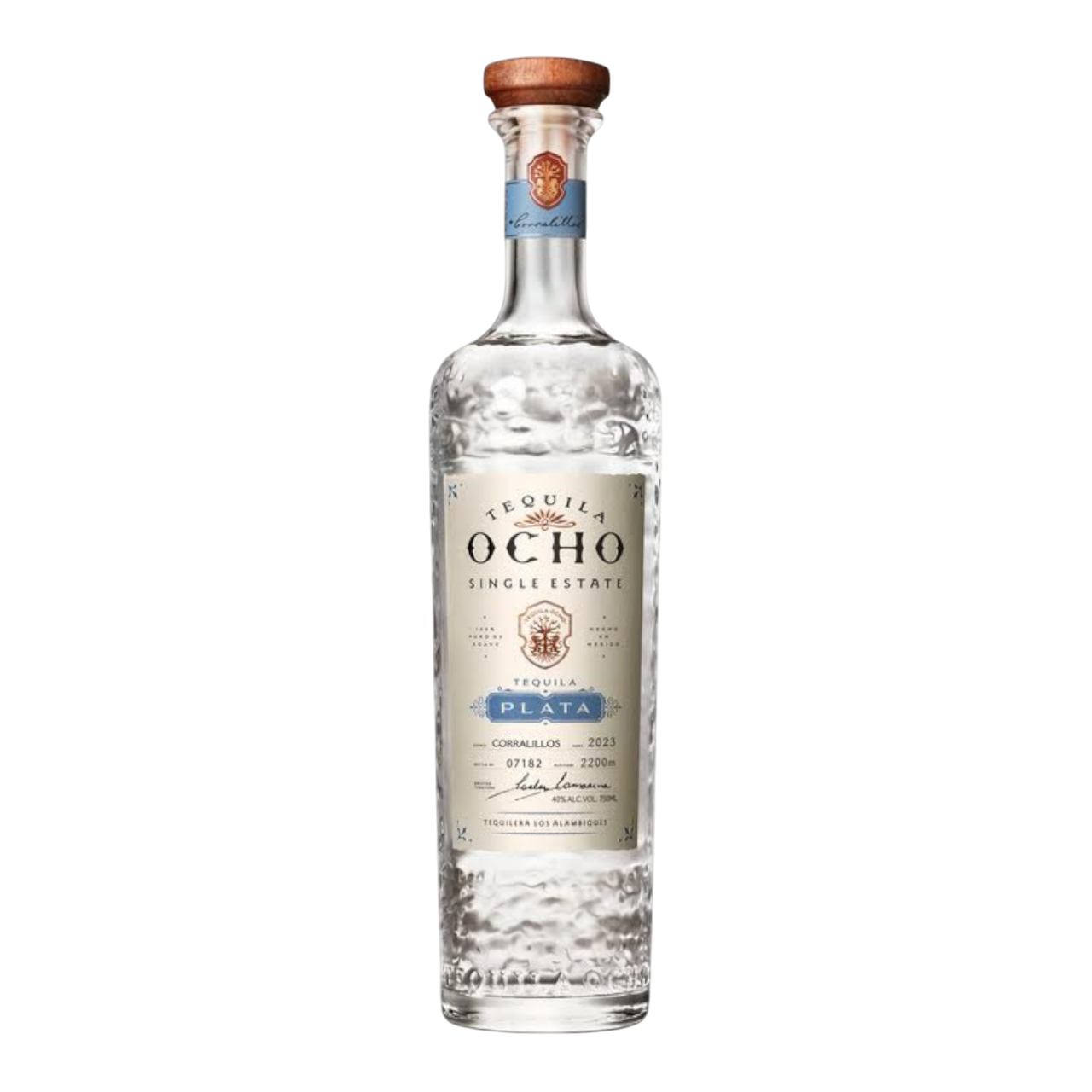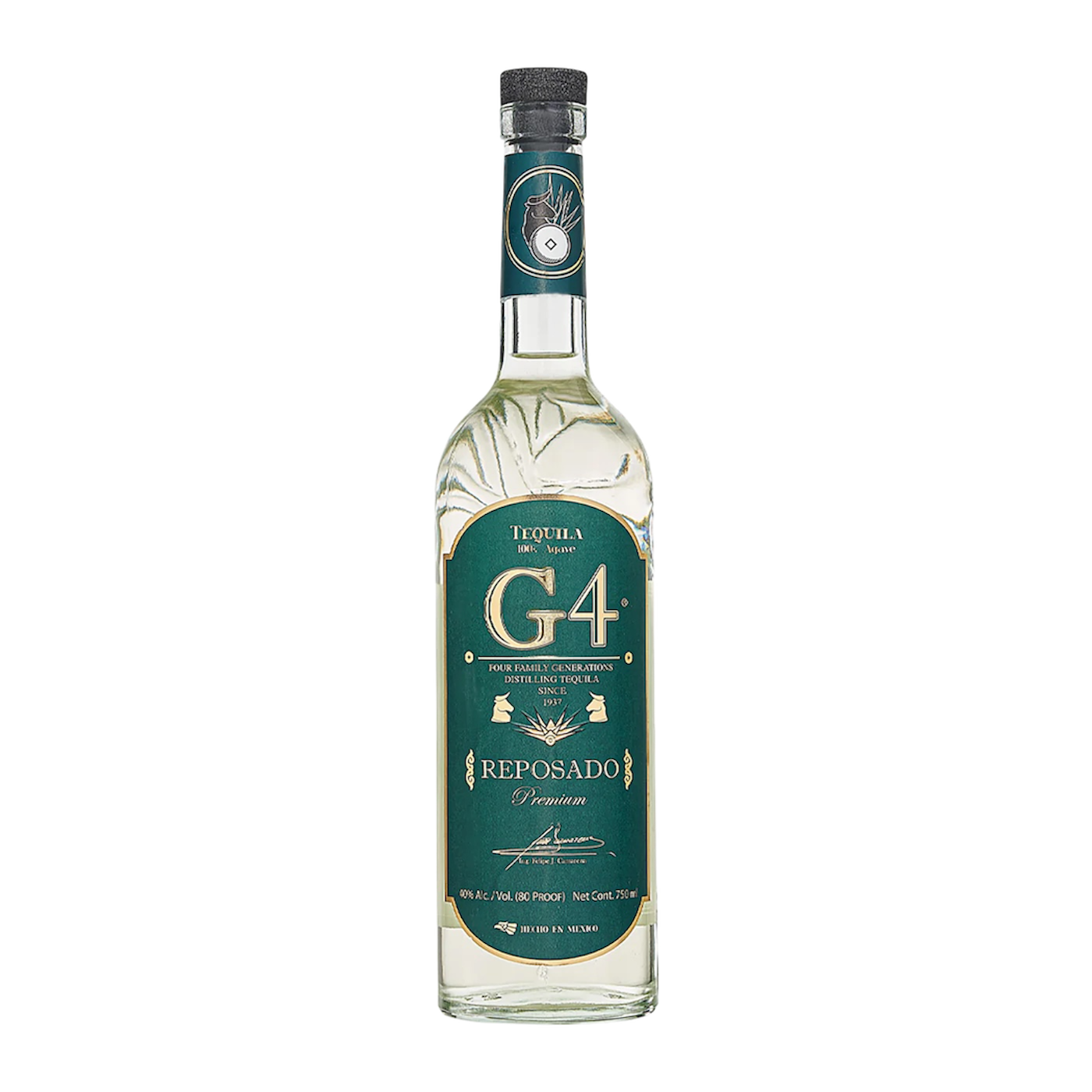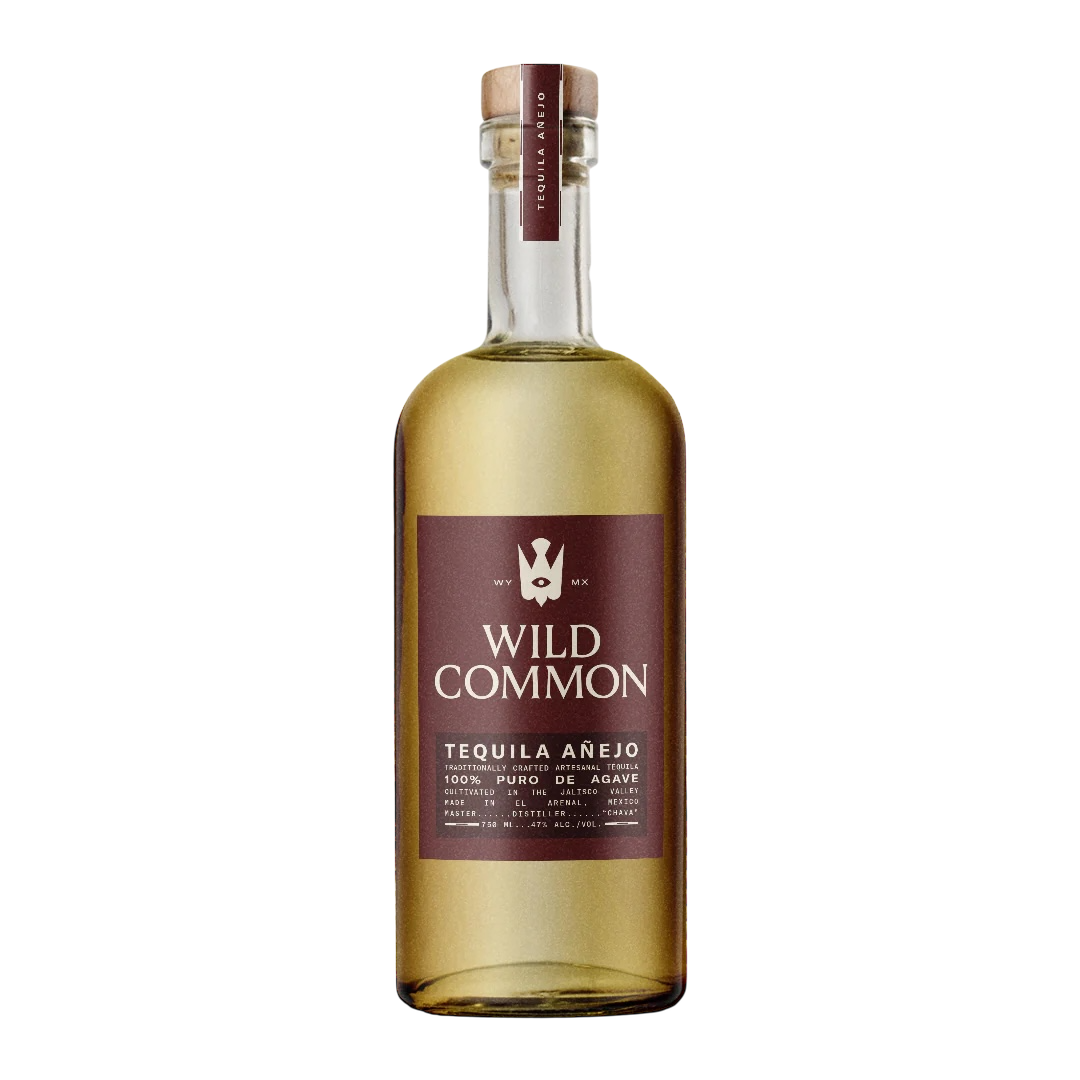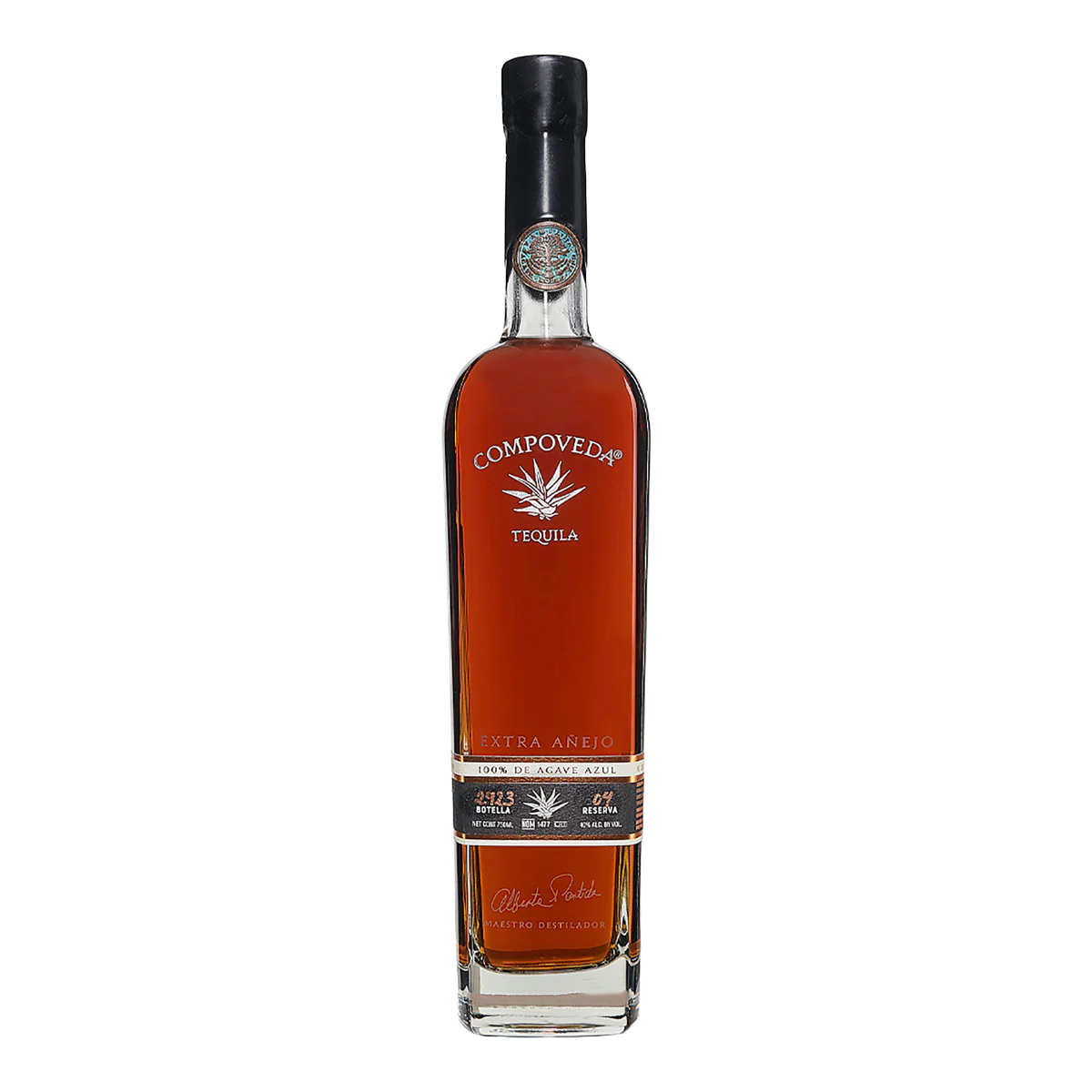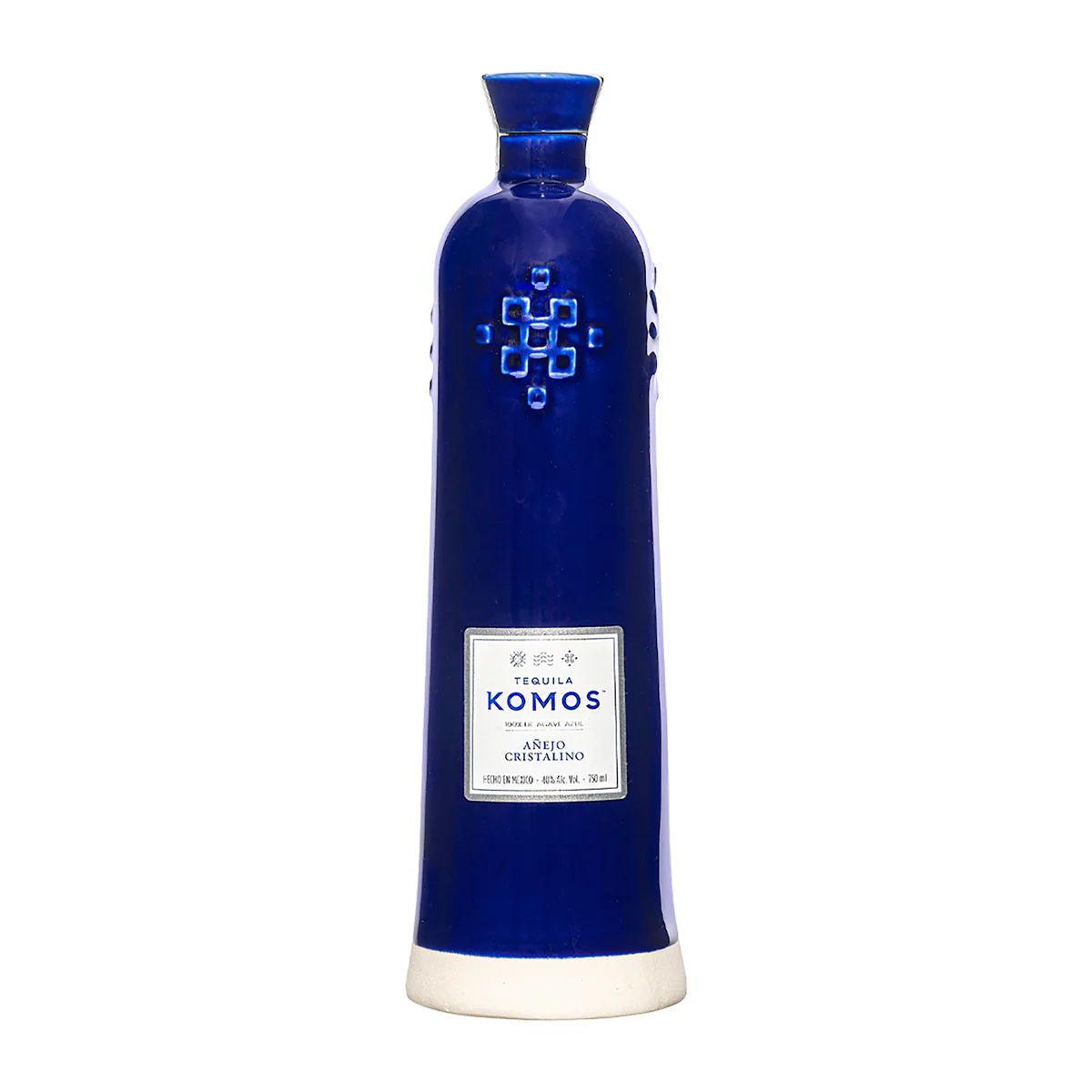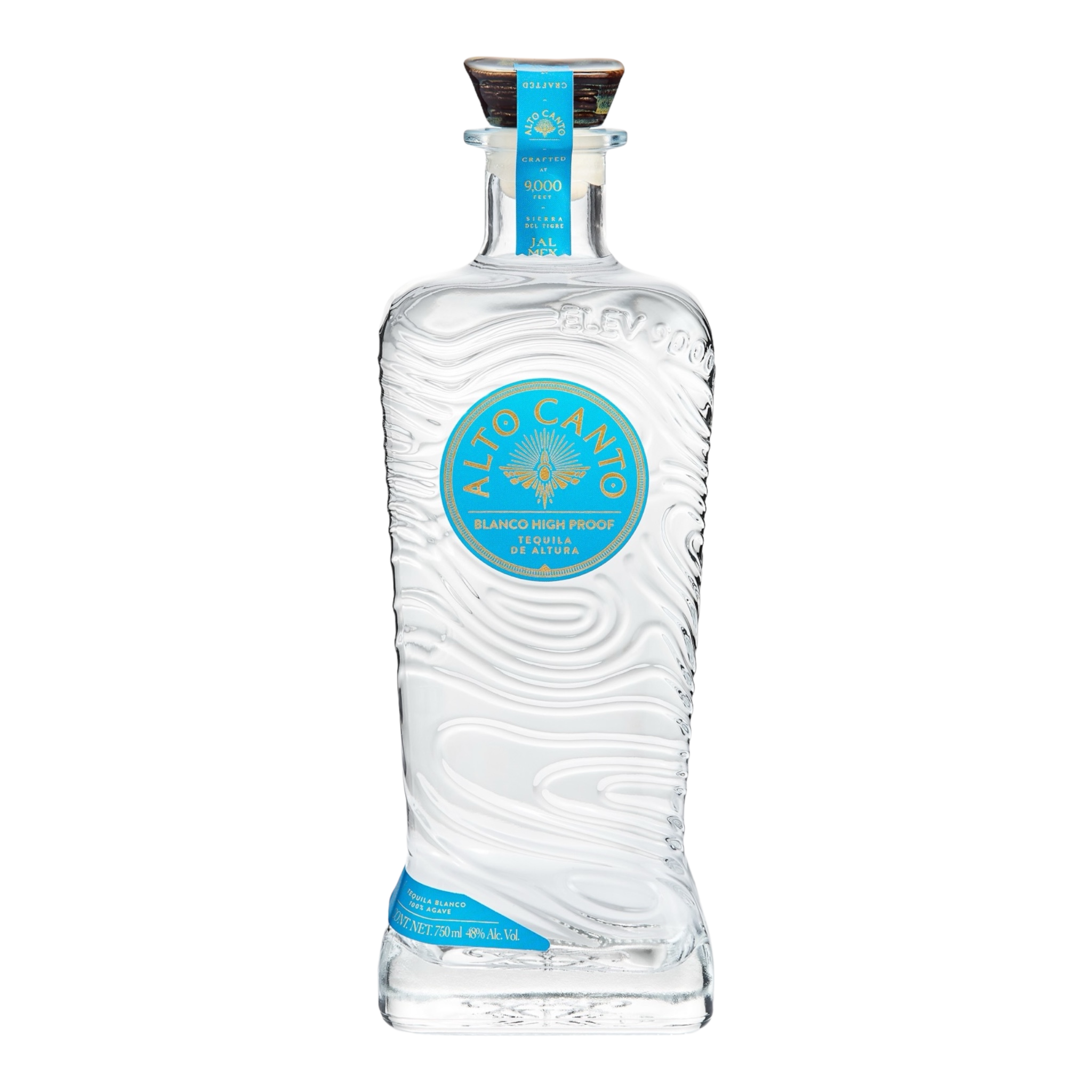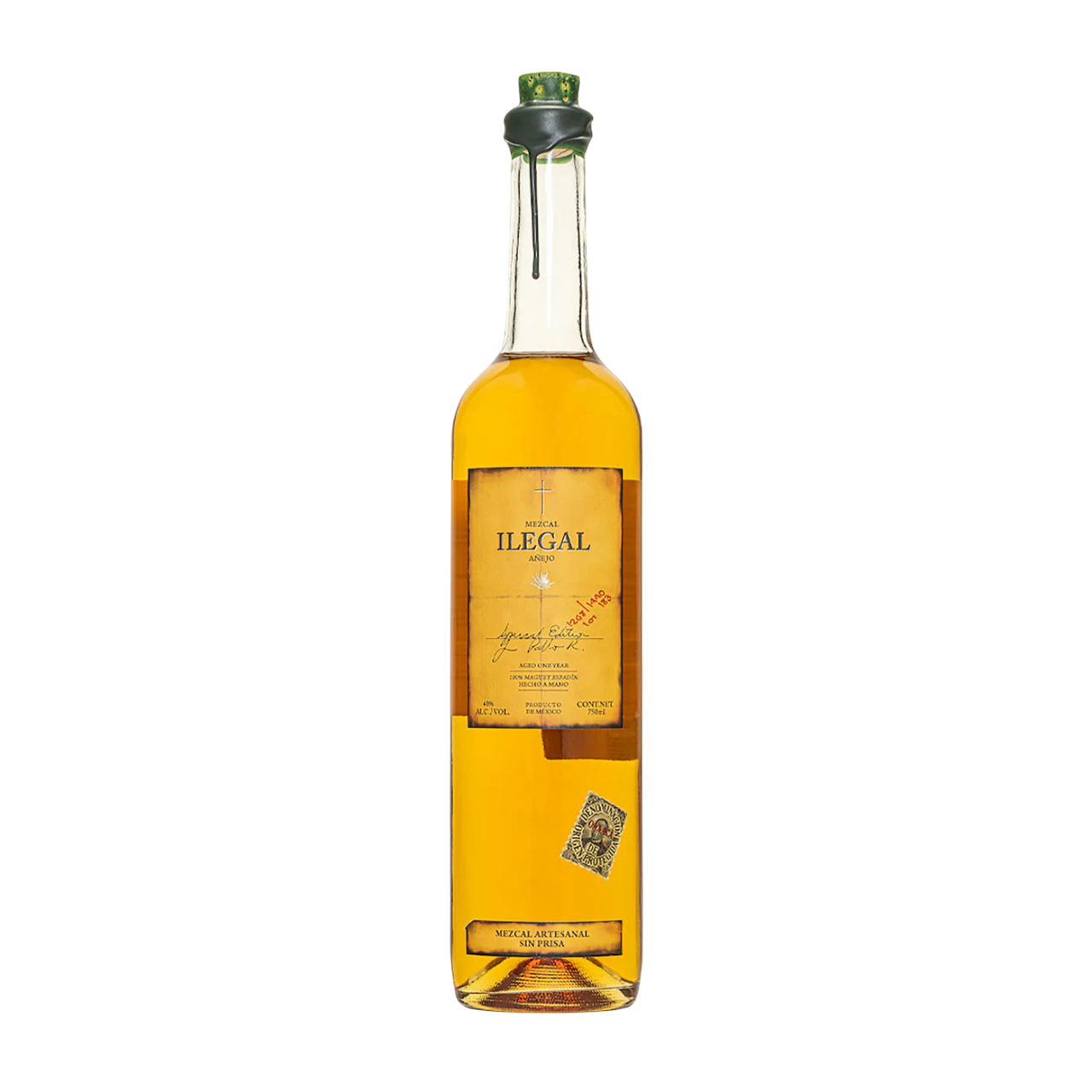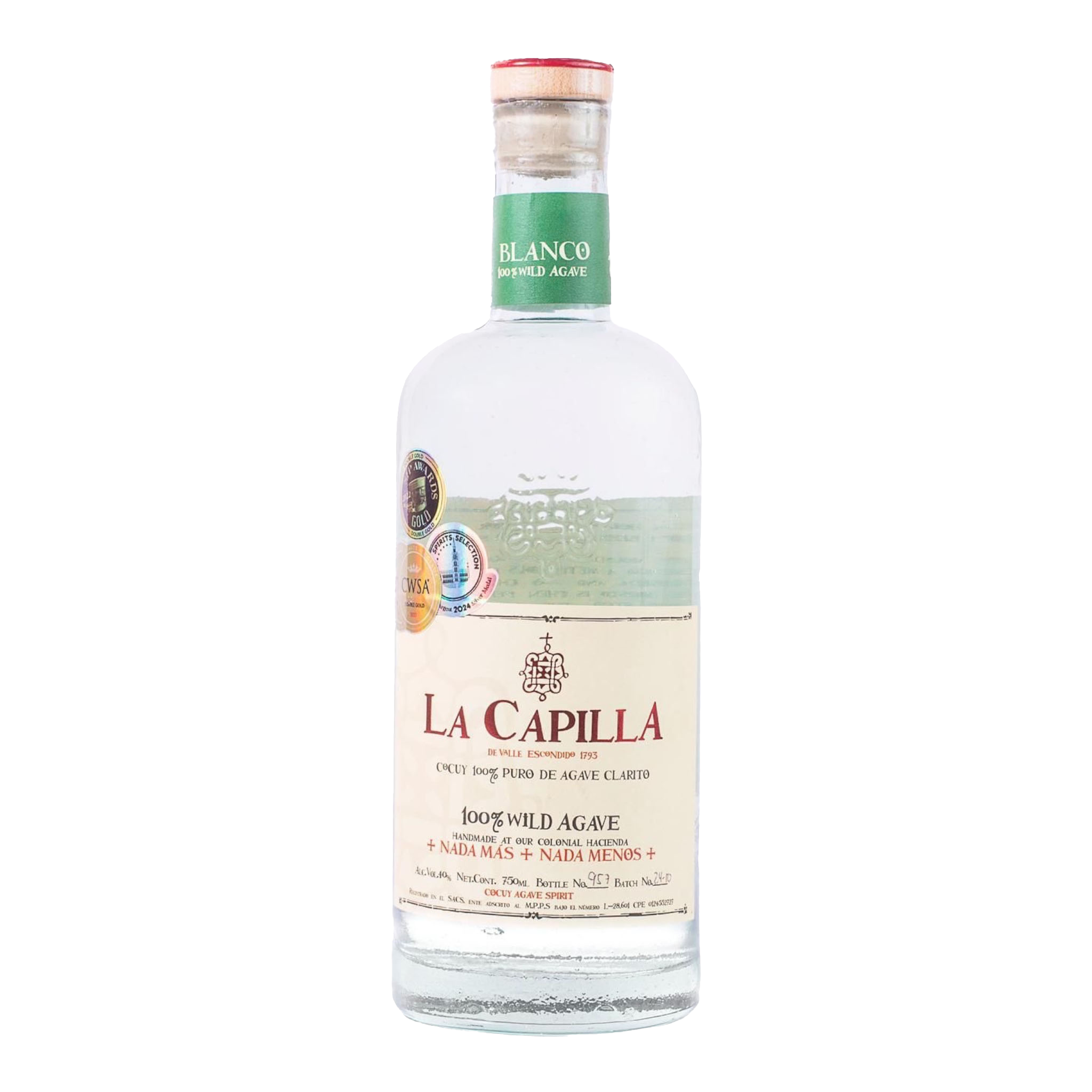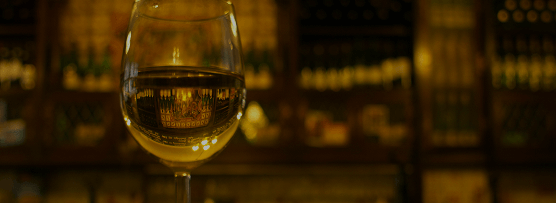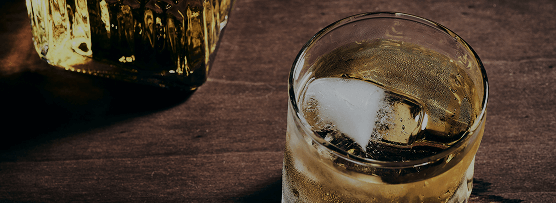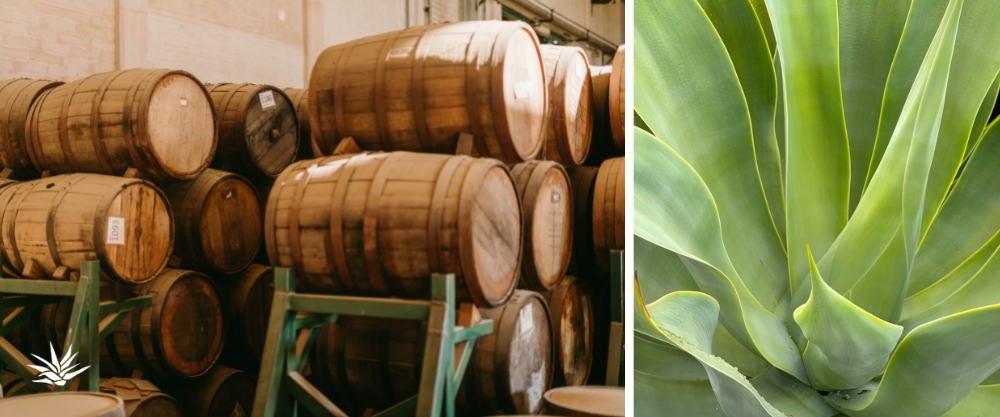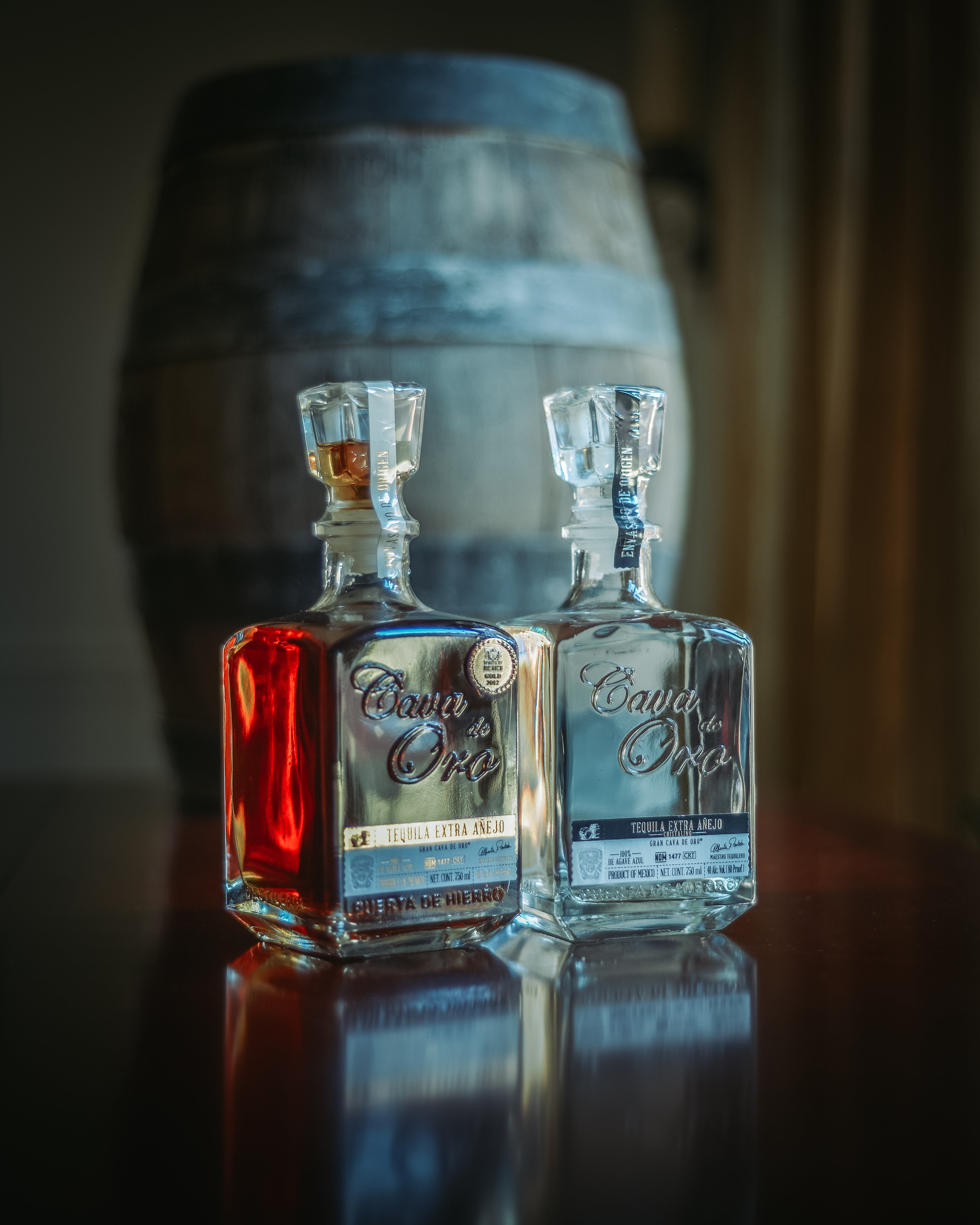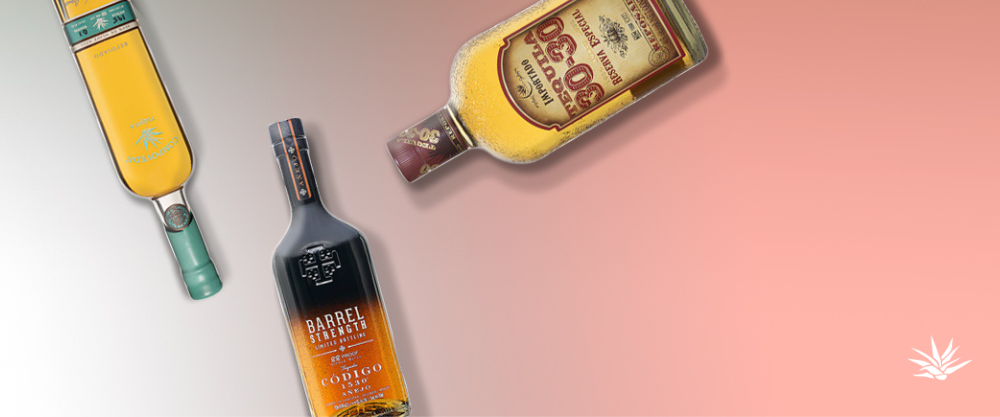Whether you're familiar with the taste of Tequila or have only recently taken an interest in the delectable beverage, you may have some questions about the Tequila-making process. For instance, what is Tequila made of? How is it harvested? What does the Tequila aging process entail?
Luckily, we've got answers to all of these questions and more right here. If you're interested in learning about this spirit's unique production, you've come to the right place. Discover how Tequila is made in this comprehensive guide!
How to Make Tequila
All things considered, making Tequila from agave is a precise and complex process. From carefully cooking the bulbs to aging Tequilas in barrels, several steps are required to achieve the sweet, earthy and fruity flavors we know and love. Explore eight stages of the Tequila-making process below.

1. Growing Agave
A common misconception about the agave plant is that it comes from the cacti family. In fact, brands would mistakenly depict cacti in their imagery to evoke feelings of Mexico early on in the Tequila-making days. However, agave is actually a type of succulent. All cacti are considered succulents, but not all succulents are cacti. What sets agave apart from cacti is its leaves.

Furthermore, a specific type of agave plant must be used for the beverage to be considered true Tequila. The variety is Blue Weber agave, also referred to as blue agave or agave Tequilana. Blue agave is most commonly grown in its homeland — the Jalisco region of western Mexico — where it enjoys high altitudes and develops a unique flavor.
Similar to growing grapes for wine, soil composition makes all the difference when growing agave. The agave plant prefers the dry, fertile volcanic soil of both Jalisco regions. However, Jalisco's agave highlands are known to produce softer, more iron and mineral-rich soil. Meanwhile, the Valley region tends to have drier, rockier soil rich in potassium and silica.
Blue agave must mature for seven to 10 years. This allows it to develop sufficient sugar concentration so it can be harvested for Tequila.

2. Harvesting Agave
The traditional harvesting method is still used for modern Tequila production. When the plant is ready for harvest, an agave farmer — also called a jimador — comes to harvest it from the ground with a sharp, long-handled knife called a coa.
The jimador uses the coa to cut away the pencas, or leaves, from the underground piña bulb — the word “piña” is often used since its appearance resembles a pineapple. The farmer slides the knife downward to cut each large leaf from the base. The sharp, black needle at the tip of the leaf is removed as well.
The jimador repeats this process for the remaining leaves. Blue agave can produce hundreds of long, spiky leaves, which can make for a long, meticulous cutting and harvesting process. After the jimador shaves the piña and cuts it into halves, the agave is then ready to be loaded onto trucks for transportation to a distillery.

3. Cooking Agave
The next step is cooking the piña bulb to extract its fermentable sugars. The bulbs were traditionally baked in pits lined with rocks. Today, piñas are either prepared in large stainless steel ovens or brick or clay ovens called hornos.
Similar to a yam or sweet potato, agave is loaded with natural starches. It must be cooked slowly and gently to fully convert the carbohydrates into sugar. Instead of baking the agave, the bulb is cooked with hot, pressurized steam. The agave cooking time can vary depending on the Tequila producer's preferences, but it's typically no less than 24 hours.
After cooking the agave, you'll find that the formerly white and green piñas have developed a deep caramel or brown color, resembling a sweet and mushy honeycomb. Many find the taste of cooked agave to evoke notes of honey, caramel, bananas and sweet potatoes.

4. Milling
After the piñas are cooked and their sugars are fully caramelized, it's time for the Tequila maker to separate them from the agave fibers, then add water so the alcohol fermentation process can commence. The piña must be crushed and shredded to extract the sweet juice — or mosto vivo — inside. There are a couple of ways to do this:
- Traditional method: The traditional mosto extraction process used a large stone wheel — or tahona — to crush the juice the piña. Tahone wheels were originally pulled by mules, oxen or horses. Today, they're operated by tractors or central engines, which move the arm attached to the wheel slowly around the pit to crush the agave. However, few distilleries continue to employ this method as it's highly laborious and time-consuming.
- Modern method: The more common method involves a modernized mechanism called a roller mill. This machine crushes the fibers along a motorized belt and washes them. The result is a sugar water, or "agua miel," which is ready to be sent off to fermentation.
5. Fermentation
Fermentation is a crucial step in transforming the mosto into a spirit. In order to ferment the mosto into ethyl alcohol, the Tequila producer combines it with water and yeast in a large fermentation tank — this can either be a large stainless steel tank or wooden barrels.
While the fermentation process typically spans two to five days, seasons and weather can influence the conversion time. The yeast tends to be more active during warmer months, thus speeding up the fermentation process.
On the contrary, yeast slows down in the cooler months, which can delay fermentation by a day or two. Some distilleries employ built-in heating or cooling systems for fermentation tanks to help keep the process consistent.
The yeast helps convert the agua miel's sugars to alcohol to create an agave brew that resembles wine or beer. The brew typically starts with an alcohol by volume (ABV) of 3%-5%. To increase this ABV and purify the juice into Tequila, the producer heads into the next stage — the distillation of Tequila.

6. Distillation
The still room is where the brew truly becomes Tequila. There are various types of Tequila stills, each differing in shape, color, size and scale. Most distilleries traditionally used copper stills, but many have switched to stainless steel as copper can be pricey and difficult to clean.
The goal is to distill the mosto to an ABV of around 55%. This is typically achieved with a double distillation — Tequila is required by law to be distilled at least twice to fully clear out fermentation particles. However, some Tequila producers use three or even four distillations. The mosto is added to the vessels, then boiled. The condenser captures the alcohol vapor, which is collected into a flask.

The still produces a cloudy, three-part liquid called the ordinario. The top is referred to as the “head,” the middle is called the “heart,” while the bottom is known as the “tail.” It's common practice for Tequila makers to only redistill the heart of the liquid captured in the flask since it holds the best liquor. Many distillers discard the heads and tails, as these parts tend to hold most of the impurities.
In most cases, the second distillation results in a clear silver Tequila, also known as Tequila blanco, with an ABV of 50%-60%. After the final distillation is complete, the head and tail are removed once more. The heart is then sent on to barreling.

7. Aging Tequila
Tequila blanco is diluted down to 40% and bottled right away. However, Tequilas that are meant to be aged will be stored in barrels for varying amounts of time, then diluted following their removal from the barrel.
Just like with rum and whiskey, the barrels used for Tequila give them their oaky flavor and final color. Distilleries use a wide range of barrels from around the world for Tequila aging. While some brands choose to buy brand new barrels or even make their own, most opt for used barrels from other industries. Some examples include:
- Tequila aged in bourbon barrels: Many used barrels come from the bourbon industry, where barrels can only be used once.
- Tequila aged in wine barrels: Reusing a wine barrel more than three times often leads to diminished flavors, prompting winemakers to replace their barrels every three vintages to maintain consistent flavors. That's why you'll find many Tequilas aging in used white French oak barrels and sherry casks.
- Tequila aged in whiskey barrels: Similar to bourbon, most whiskey barrels are only used to make whiskey one time. That's why many of them find their way down to Mexico after their initial use.
Each barrel imparts unique notes to the aged Tequila. That's why many distilleries like to get creative with their aging techniques, incorporating barrels from various parts of the world.
Now, let's look at some different types of Tequila and their aging processes:
- Blanco Tequila: For the most part, silver Tequilas or blancos are unaged. Because they don't touch wood, they retain a crystal clear color. However, some can be rested lightly in oak for up to 60 days, which results in a slight green hue.
- Reposado Tequila: Reposado, or rested, Tequilas can be aged anywhere from two months to one day short of a year. They typically have a light orange or golden color.
- Añejo Tequila: Añejo, or old, Tequilas are aged in oak barrels for one to three years to achieve a rich amber hue.
- Extra Añejo Tequila: Extra Añejo Tequilas are aged in oak barrels for over three years, producing a deep amber or copper color. They're considered a rare and expensive type.
- Cristalino Tequila: Cristalino Tequilas are aged Tequilas — usually Añejos and Extra Añejos — that have been filtered to remove the color for a clear appearance.
- Gold or joven Tequila: A gold Tequila is a blanco Tequila blended with aged Tequilas. Many joven Tequilas are colored and flavored with syrup, caramel, glycerin, oak extract or other additives.

Aging can also result in an angel's share of Tequila, which occurs when a portion of the liquid is lost to evaporation. While the typical angel's share of other aged spirits is about 2%, Tequila is typically stored in warmer environments which can cause a 5%-10% loss.
Due to quick evaporation rates, the master blender must be very careful in using just enough from each barrel to ensure the final product maintains a uniform taste.
8. Bottling Tequila
Once the Tequila has spent the appropriate amount of time aging, it's time for the final step of bottling. The final product can either be bottled on-site or shipped to a separate bottling facility. The Tequila must pass multiple quality check inspection points before it goes into the bottle. Furthermore, the bottle must be washed to clean out any dust or debris.
To prevent any water dilution or chemical residue upon bottling, producers wash out the inside of each bottle with the Tequila they'll be bottling. While this results in some wasted Tequila at the end of the day since the washed Tequila won't be reused, it also means customers are getting the purest, cleanest product Mexico has to offer.
The Tequila bottles themselves can also be quite fascinating, reflecting Mexico's vibrant culture. Many Tequila brands have a unique story that inspired their bottle design. It's rare to find two bottles that look similar to each other, as many differ in shape, bottle cap and label design.
Tequila brands tend to stick to a certain shape or style of bottle that follows a trend. Bottles can range anywhere from sleek and modern to elaborate and rustic. For instance, the Don Julio 1942 is known for its tall, skinny shape and round bottle cap. Its strong yet subtle design gives it a regal flair and stately presence.
Meanwhile, Penta Tequila has a more compact, square bottle shape with a slightly elongated neck and cap. Its name and logo pay tribute to the noble grapes of the wine world, as well as the five states in Mexico where Tequila can be made — Jalisco, Michoacán, Guanajuato, Tamaulipas and Nayarit.
Tequila Ocho embraces a more traditional bottle design — a curved body with a long neck, like a typical wine bottle. Inspired by a more artisanal approach, its elaborate label design showcases rugged fonts and an earthy color palette.
Order Premium Tequila From Sip Tequila Today!
After learning all about the complete Tequila-making process from growing agave to bottling, you may be craving a sip of this incredible beverage right about now. With Sip Tequila, you don't have to go all the way to Mexico to try the finest Tequila products. We make high-quality Tequila from the Jalisco region easily accessible for those who want to experience its authentic flavors.
Whether you have a particular brand in mind or you're shopping based on types — such as Blanco, Reposado or Añejo — we offer many ways to browse the best Tequila from exclusive brands you can't find at just any liquor store.
Enjoy the convenience of premium sipping Tequila delivered right to your doorstep when you shop online at Sip Tequila. Visit our Tequila selection and order your bottle today!


